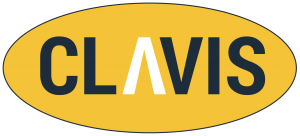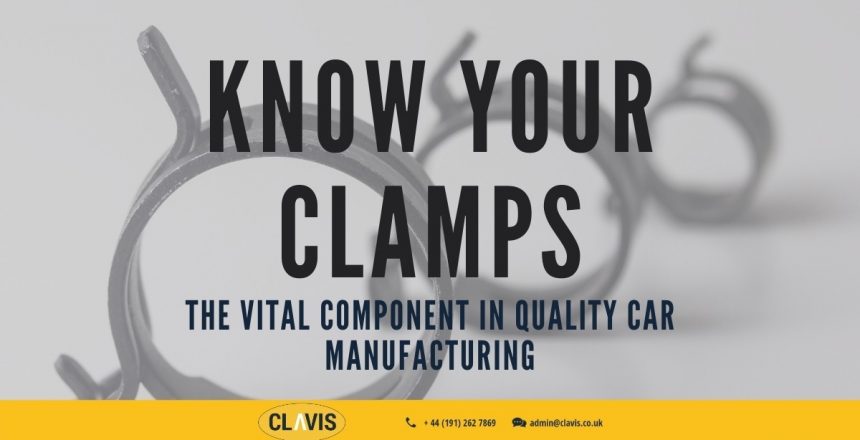Know your clamps: The vital component in quality car manufacturing
Quality management is critical for carmakers, even with the challenges of COVID-19. As plants reduce the number of workers on the shop floor, how can manufacturers ensure the many connections between cars’ technical systems perform reliably? Here, I’ll show you the best tool for the job.
The many technical systems in every vehicle — from servo systems and fuel delivery systems to air intake — are linked by means of hose and spigot, which require high-quality connecting parts. A minor defect, even in just one, can lead to component failures or, in a worst-case scenario, cause the vehicle to stop running.
But how are these systems fastened? If you were to open-up a car by Ford, Volkswagen, BMW or Daimler, then you’ll probably find that spring band clamps are the solution of choice. Specifically, pre-opened-pre-positioned (POPP) clamps.
Top of the POPPs
POPP clamps are the standard used by all major automotive manufacturers. This is because they outperform typical screw type clamps, which do not compensate for temperature and pressure changes and can allow a joint to leak.
Instead, POPP clamps provide a reliable constant clamping force over a wide range of operating temperatures and pressures. They are pre-tensioned, so the clamp ‘snaps’ closed ensuring a reliable, leak-proof connection of a hose to a fitting. This stops water or oil from leaking and stops hoses from disconnecting. In short, POPP clamps are essential to produce high-quality vehicles.
That’s why original equipment manufacturers (OEMs) need assurance these connections are secure and tightly fastened. Clamps should not need readjusting over time and should continuously adapt to the changing characteristics of hose and fitting.
Substandard clamps can slow production, or create unwanted maintenance requirements for the vehicle further down line. In the worst-case scenario, the consequences of incorrect clamp closure might include leakages in systems that use liquid or gaseous media, or even catastrophic engine failure and hefty warranty claims.
“OEMs need assurance that all POPP clamps are secure and tightly fastened. The Gusto is the only tool to ensure 100 per cent traceability of correct hose installation.”
Supporting quality
Many of the companies I’ve mentioned, like Ford and Daimler, rely on Clavis’ solutions. While various assembly tools are available, they don’t all deliver the best performance. Clavis’ GUSTO POPP Clamp release tool is different. The tool’s changeable head can be adapted for different types of clamps.
The GUSTO POPP Clamp release tool also uses a digital inertial measurement unit consisting of a 3-axis gyroscope and a 3-axis accelerometer. This analyses the low-frequency movement of the tool by the operator prior to releasing a clamp, and the high frequency vibration that is caused by the clamp rapidly closing.
“As the automotive industry relies increasingly on digital tools, data collected by the Gusto can be incorporated in these digitalisation strategies.”
The Gusto POPP clamp tool does not send a signal on impact, only when it detects a clamp being successfully closed. By measuring this movement, as opposed to force, the tool is clamp-size independent, so it’s suited to a range of clamp types.
Data collected by the Gusto is transmitted to the receiver, which can be integrated into increasingly digitised quality management systems.
It takes just 0.3 seconds for Clavis’ innovative Gusto POPP clamp tool to ensure vehicle clamps are effectively closed. Each clamp can be recorded for traceability, while the tool supports error-proofing to prevent missed or damaged clamps.
By using the Gusto tool, carmakers and manufacturers can keep quality management as a top priority.
Article by Andrew Punton

